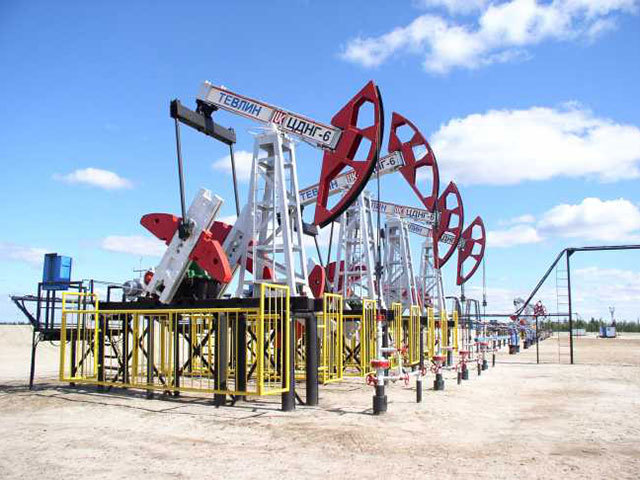
Oil prices have risen substantially, but corporate returns on capital invested have not recovered since 2001 when oil prices were almost a quarter of what they are now; so say analysts at IHS.
While the focus of the study was the US, the same issues confront companies active in the North Sea, as evidenced by recent actions to drive down supply chain costs and growing worries about flat oil prices.
Nicholas Cacchione, an IHS Energy director and a lead researcher on cost and energy company performance, said: “Collectively, these companies averaged an 11% ROACE (return on average capital employed) in 2012 and 8.6% in 2013.
“Both are weaker than the ROACE achieved in 2001 when the WTI (West Texas Intermediate) crude oil price hovered at just under $27 per barrel.
“The WTI crude oil price averaged $94 per barrel in 2012 and $98 per barrel in 2013.” (North Sea prices are comparatively higher).
“My guess is that shareholders are asking ‘What gives?’ The culprit is cost escalation. While returns have increased in recent years, costs have accelerated at a rate that has squeezed margins.
“The more than $60-per-barrel increase in global oil prices since 2002 has been offset by significantly higher costs, and to a lesser degree, weaker US natural gas prices. Margins have basically been frozen.”
Looking at upstream, which accounts for the bulk of the firms examined, IHS said lifting costs have more than quadrupled since 2000 to more than $21 per barrel.
Finding and developing costs have followed a similar trajectory, reaching nearly $22 per barrel of oil equivalent (boe) in 2013.
The US government’s fiscal take (based on financial disclosure), which excludes the impact of royalty volumes in the upstream sector, increased from 49% of pretax profits in 2000, to 60% in 2013.
Colleague Lysle Brinker pointed out that integrated oil companies had earned a 15% ROACE since 2000, which is substantially higher than the 11% posted by pure E&P (exploration and production) companies.
“The outperformance by the integrated oil companies can largely be attributed to their geographically and functionally diversified portfolios, which benefit from capital spending programmes that are generally more disciplined,” said Brinker.
“They are also aided by the lower-cost basis of the legacy assets that often comprise a large portion of their operations.
“As a result of this ongoing cost pressure, companies are increasingly laser-focused on cost containment and exercising greater discipline around the return on their capital investments.
“There is greater scrutiny on capital spending at all levels, which will become even more pronounced as the year progresses. Every investment has to pass muster on several fronts before it will be funded, since there is significant internal competition for that capital.”
Recommended for you
